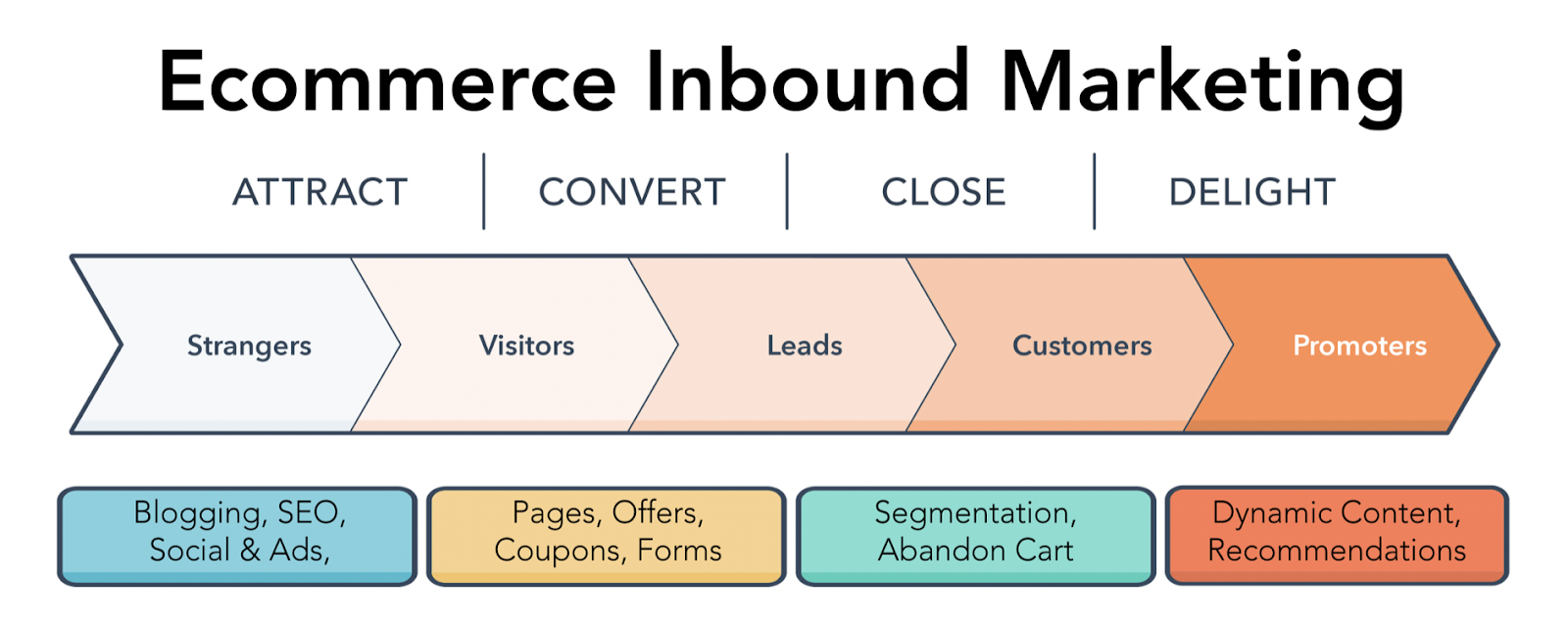-
Digital Marketing
We help you to use your digital potential. For a strong positioning, more visibility and more leads.
Get Growth ready
With the BEE.Transformance model, we bring continuous and profitable growth to your company. A new mindset for your team.
Industries
We transform your challenges into opportunities through the experience we have gained from projects in these industries.
-
HubSpot Services
As a HubSpot Diamond Partner, we help you implement your digital growth strategy with a focus on performance - by implementing and integrating new and existing systems as well as 3rd party apps.
HubSpot Thought Leader
As a HubSpot Diamond Partner with +50 certifications, host of the HubSpot User Group Zurich, HubSpot Trainer and HuSpot User Champions, you have access to in-depth HubSpot expertise.
HubSpot Solutions
The BEE.Theme offers you more creative freedom than any other theme on the market. Whether you're a beginner or a professional, a creative mind or a digital agency - with the BEE theme, you can easily unleash the maximum power for your pages in HubSpot CMS.
-
BEE.Blog
Knowledge around digital marketing, digital sales, technology, data intelligence and employees.
Knowledge Base
Pure knowledge: everything essential concentrated, compact, digitally prepared for you and ready to download.
What is inbound?
The most effective way to successfully combine digital marketing and digital sales.
-
BEE.Team
The BEE.Performers: many different characters - with one thing in common: the fascination for a digital world.
References
More than 100 large and small companies have already started with BEE: to more visibility, more performance, more growth.
Invest
Participate in the growth of BEE and become part of the BEE Growth Story by purchasing Digital Share Tokens.
We're hiring
Become a BEE.Performer! Are you ready for your own transformation?
UX design: The key to customer satisfaction
In this blog post, you'll find out why UX design is crucial for customer satisfaction and how you can make the most of it.
The importance of UX design for customer satisfaction
UX design plays a decisive role in customer satisfaction. It encompasses the design of the user interface and the user experience of a website. A well-designed UX design ensures that customers can easily perform the desired actions and feel comfortable and satisfied. It enables intuitive navigation, an appealing visual design and effective interaction with the digital offering.
With a positive UX design, companies can increase customer satisfaction and build long-term customer relationships. When customers have a positive user experience, they are more likely to use the website again, recommend it to others and be loyal to the brand. A poor UX design, on the other hand, can lead to frustration, dissatisfaction and even abandonment.
It is important that companies continuously improve UX design to ensure customer satisfaction. By understanding the needs and expectations of their customers and integrating them into their UX design, organisations can create a positive user experience.
Let's take a closer look at the components and best practices of good UX design.
The components of a successful UX design
A successful UX design comprises several important components. These include:
- A clear and intuitive user interface: A well-designed user interface makes it easy for users to find and perform the desired actions. It should be clear, well-structured and easy to use.
- An appealing visual design: The visual appearance of a website or digital offering plays an important role in the user experience. An aesthetically pleasing design can attract the attention of users and convey a positive feeling.
- Effective interaction options: A good user experience requires effective interaction options. Users should be able to interact easily with the user interface and perform the desired actions quickly.
- Consistency: Uniformity in design and interaction is important to ensure a coherent user experience. Users should not have to get used to a new user interface every time.
Best practices for improving the user experience (UX)
To improve the UX when using websites and digital offerings, companies can apply the following best practices:
- Obtain user feedback: Feedback from users is valuable for identifying weaknesses in UX design and making improvements. Companies should utilise feedback mechanisms such as surveys, ratings or customer reviews.
- Carry out usability tests: Usability testing allows companies to look at UX design from the user's perspective and uncover potential problems. By testing with real users, companies can improve the user-friendliness of their digital presence.
- Analyse user data: Analysing user data can give companies valuable insights into user behaviour. By understanding the behaviour of their users, companies can optimise UX design and provide personalised user experiences.
- Ensure accessibility: Good UX design should be accessible to all users, regardless of their abilities or limitations. Companies should ensure that their UX design is accessible and takes into account the needs of all users.
The role of UX design in conversion optimisation
UX design plays an important role in conversion optimisation. With a well-designed UX, companies can improve conversion rates and get more customers to perform the desired actions, such as making a purchase or subscribing to a newsletter.
A user-friendly UX design enables users to complete the purchase process smoothly and without obstacles. It reduces the number of steps a user needs to take to complete an action and provides clear and understandable user guidance.
In addition, an appealing visual design helps to gain users' trust and encourage them to take the desired step. A user-friendly UX design can convince users that the company is trustworthy and offers high-quality products or services.
By optimising the UX design, companies can not only increase their conversion rates, but also improve the success of their marketing and sales efforts.
Examples of successful UX design
One company that is known for its outstanding UX design is Apple. The clear and intuitive user interface of its products allows users to interact easily and efficiently. Another example is Amazon, which offers a positive user experience through personalised recommendations and user-friendly navigation. Airbnb is also characterised by an appealing visual design and a simple booking platform that increases user satisfaction.
Future trends in the field of UX design
The field of UX design is constantly evolving and there are some exciting trends we can look forward to in the future:
- Mobile UX design: With the proliferation of smartphones and mobile devices, mobile UX design is becoming increasingly important. Companies should ensure that their UX design is optimised for mobile users and provides a seamless user experience across all devices.
- Voice-activated UX design: Voice assistants such as Siri and Alexa are gaining popularity, and voice-activated UX design is becoming increasingly relevant. Organisations should explore ways to integrate voice-driven interactions into their UX design and provide users with an intuitive and user-friendly experience.
- Personalised UX design: Personalisation is becoming increasingly important to provide users with relevant and individual experiences. Companies should find ways to adapt their UX design based on user preferences, behaviour and needs.
- Augmented reality (AR) and virtual reality (VR): AR and VR open up new possibilities for immersive and interactive UX design. Companies can use AR and VR to offer users unique and impressive experiences.
These trends are likely to shape the future of UX design and help companies create innovative and engaging user experiences.
Conclusion
In this blog post, we have highlighted the crucial role of UX design in customer satisfaction. A well-crafted UX design can increase customer satisfaction, build long-term relationships and improve conversion rates. By integrating best practices, companies can continuously optimise the user experience. Future trends offer exciting opportunities for innovative and engaging user experiences.
Need help with the UX design of your website? Then take a closer look at our service:
Related Posts

What We've Learned From the HubSpot State of AI Report
Ben Klein | 20 Jul 2023
If you're a digital marketer, artificial intelligence (AI) is already part of your day-to-day. Many of the tools we use (CRMs, social media platforms, search engines) ...
reading time: 9min
Zum Blog

How to Use HubSpot for E-commerce
Katrin Zimmermann | 12 Jan 2023
EU consumers have embraced e-commerce — in 2021, 74% of internet users shopped online, indicating that more and more people are taking advantage of the convenience and ...
reading time: 6min
Zum Blog

How to Clean Data in HubSpot with the Operations Hub
Romy Fuchs | 17 Nov 2022
Without a clean database, your marketing campaigns, reports and deals will lead to skewed figures and questionable estimations - a little counterproductive when you ...
reading time: 7min
Zum Blog